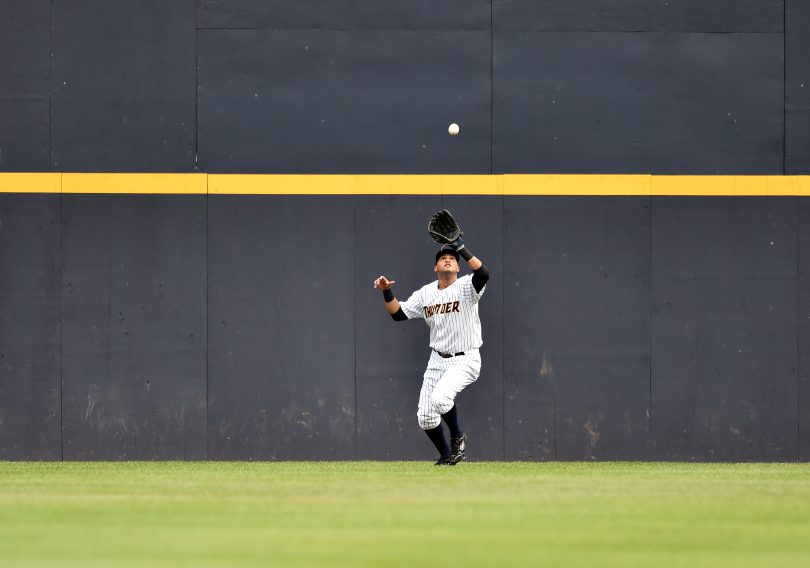Situation
Runner on second, 1 out, defense is ahead 4-3, 8th inning
The Play
The hitter hits a line drive right back up the middle. The runner gets a good read from second and has turned third by the time the centerfielder gloves the ball. The centerfielder wants to keep his team ahead, and he knows he doesn’t have much time, so he rears back and fires a throw to the plate. The throw goes way over the head of the cutoff man but gets to the catcher (too late) on the fly. The runner is safe at the plate (the game is now tied 4-4) and the hitter moves up to second on the play.
Outcome
The next hitter hits a groundball to the shortstop—2 outs, runner on 2nd. Then, the following hitter hits a soft single to the outfield, and the offense takes the lead.
What Went Wrong
The centerfielder in this situation let the game speed up on him. He prepared for the play only by recognizing that the runner on second was the tying run. He did not think about the fact that the most important runner was the batter. By overthrowing the cutoff man, the centerfielder not only took away the double play that would have come on the next ground ball, but he allowed the go-ahead runner to get into scoring position. This just can’t happen.
As an outfielder, there will always be a few chances every year to make a throw that will gun down a runner at a base. But there will be far more chances to make a small play, like holding the batter-runner at first when you recognize that you can’t make the play at the lead base. These 90-foot victories, as we will call them, are huge in helping your team win. This is not playing it safe; this is playing it smart.







